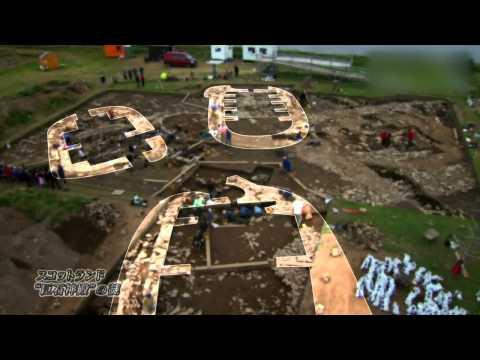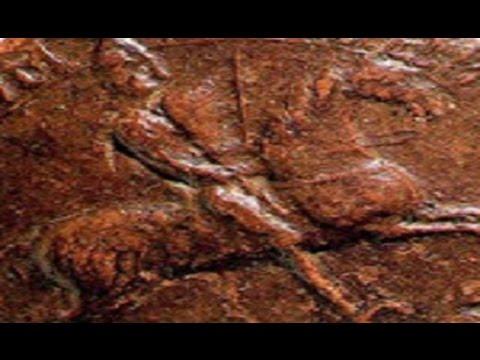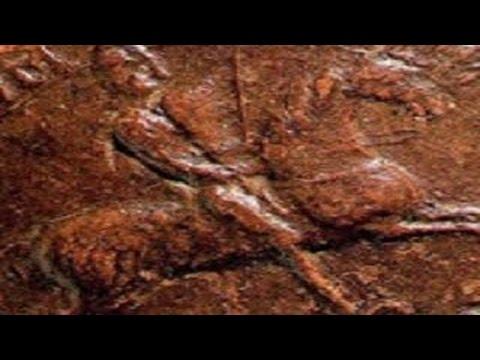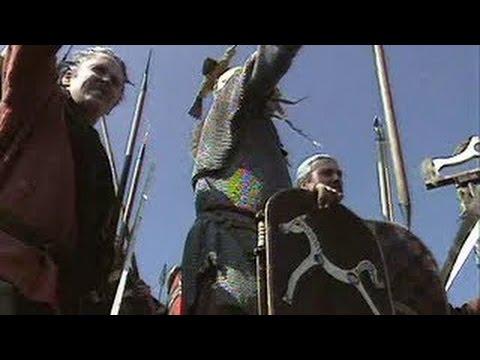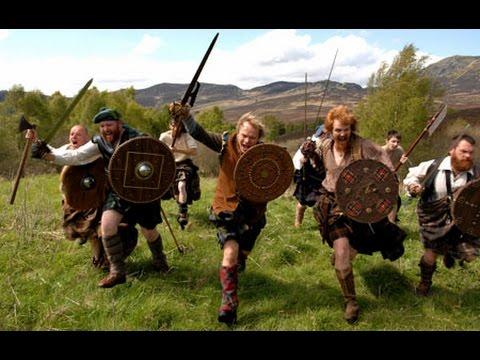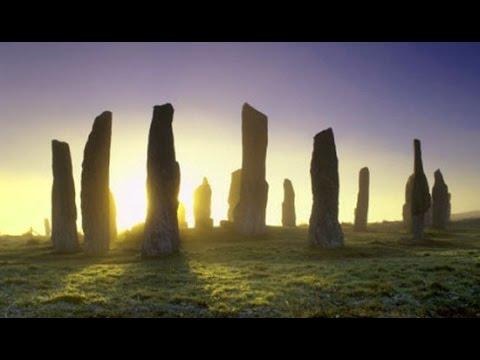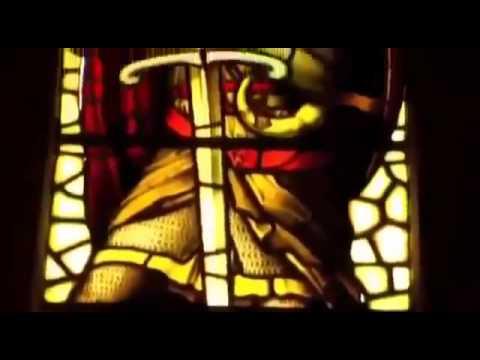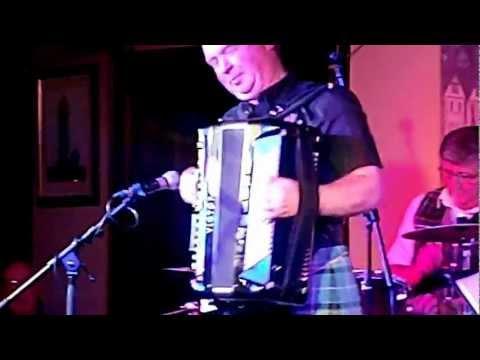Prehistoric Orkney (A History Of Ancient Britain) - Ness Of Brodgar (Skara Brae)
Description
This documentary investigates the discovery of a 5,000-year-old temple in Orkney. Built 500 years before Stonehenge, the temple has triggered new thoughts about the beliefs of Neolithic people, turning the map of ancient Britain upside down.
Prehistoric Orkney refers to a period in the human occupation of the Orkney archipelago of Scotland that was the latter part of these islands' prehistory. The period of prehistory prior to occupation by the genus Homo is part of the geology of Scotland. Although some written records refer to Orkney during the Roman invasions of Scotland, prehistory in northern Scotland does not end until the commencement of the Early Historic Period around AD 600.
There are numerous important prehistoric remains in Orkney, especially from the Neolithic period, four of which form a World Heritage Site. There are diverse reasons for the abundance of the archaeological record. The sandstone bedrock provides easily workable stone materials and the wind-blown sands have helped preserve several sites. The relative lack of industrialisation and low incidence of ploughing also have helped to preserve these ancient monuments. Local tradition hints at both a fear and veneration of these ancient structures (perhaps inherited from the Norse period of occupation) that may have helped to retain their structural integrity.
Prehistory is conventionally divided into a number of shorter periods but differentiating these various eras of human history is a complex task -- their boundaries are uncertain and the changes between them are gradual. The Paleolithic lasted until the retreat of the ice, the Mesolithic until the adoption of farming and the Neolithic until metalworking commenced. A number of the sites span long periods of time and in particular the distinctions between the Neolithic and the later periods are not clear cut. The extraordinary wealth of structures from the Neolithic is not matched either by the early periods, for which the evidence of human occupation is sparse or non-existent, or the later Bronze Age which provides a relative dearth of evidence. The subsequent Iron Age supported a return to monumental building, especially of brochs.
Formal excavations were first recorded in the late 18th century and as they proceeded an understanding of the structures involved progressed from little more than folklore to modern archaeological science. The sites discussed are found on the Orkney Mainland unless otherwise stated.
The vast site lies undisturbed until now, set within one of the most important ancient landscapes in the world. There have been some incredible finds, including the first ever discovery of Neolithic painted wall decorations, and even the pigments and paint pots used by Stone Age artists.
The village was thought to be an Iron Age settlement, dating from around 500BC — but this was no Pictish village.
Radiocarbon dating in the early 1970s confirmed that the settlement dated from the late Neolithic — inhabited for around 600 years, between 3200BC and 2200BC.
Today, Skerrabra — or Skara Brae as it has become known — survives as eight dwellings, linked together by a series of low, covered passages.
Because of the protection offered by the sand that covered the settlement for 4,000 years, the buildings, and their contents, are incredibly well-preserved. Not only are the walls of the structures still standing, and alleyways roofed with their original stone slabs, but the interior fittings of each house give an unparalleled glimpse of life as it was in Neolithic Orkney.
Each house shares the same basic design - a large square room, with a central fireplace, a bed on either side and a shelved dresser on the wall opposite the doorway.
In its lifetime, Skara Brae became embedded in its own rubbish and this, together with the encroaching sand dunes, meant the village was gradually abandoned. Thereafter, the settlement was gradually covered by a drifting wall of sand that hid it from sight for for over 40 centuries.
But the elements that exposed Skara Brae to the world are also the its greatest nemesis.
The village remains under constant threat by coastal erosion and the onslaught of the sand and sea. In addition, the increasing number of visitors to the site annually are causing problems. Steps are being taken, however, to alleviate, or minimise, this damage.
Ness of Brodgar is an archaeological site covering 2.5 hectares (6.2 acres) between the Ring of Brodgar and the Stones of Stenness in the Heart of Neolithic Orkney World Heritage Site near Loch of Harray, Orkney, in Scotland. Excavations at the site began in 2003. The site has provided evidence of housing, decorated stone slabs, a massive stone wall with foundations, and a large building described as a Neolithic "cathedral" or "palace". The site may have been occupied from as early as 3500 BC to the close of the Neolithic period more than a millennium and a half later.
